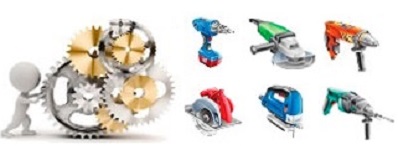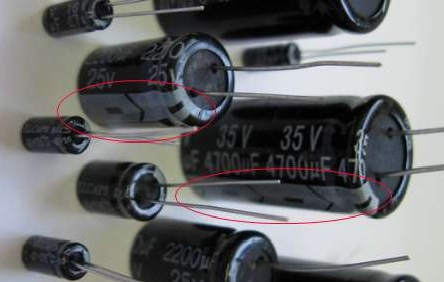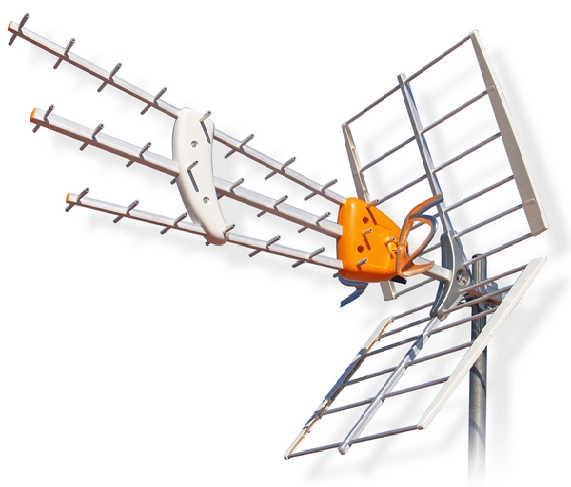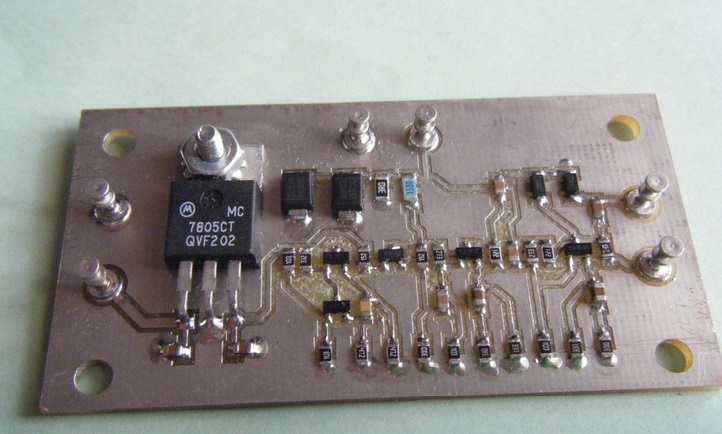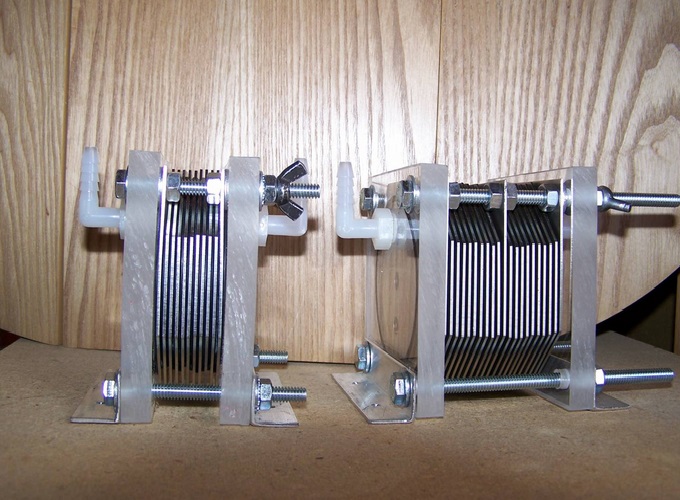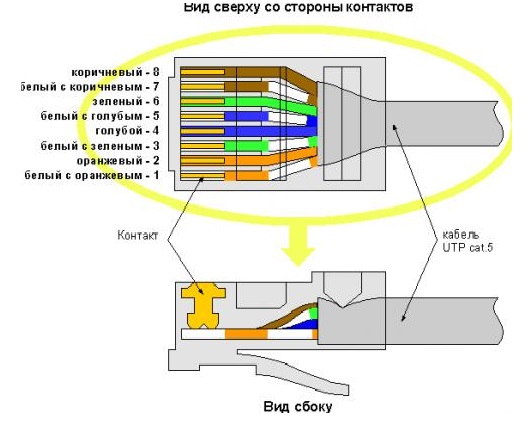Many modern music devices, such as boomboxes, televisions, and music centers, are equipped with a port marked AUX. This article explains what the AUX input is and its purpose. Officially known as a line input, you’ve likely seen the AUX IN port on car receivers (or CD IN on older tape recorders). These ports usually pair with ‘tulip’ plugs (sometimes called ‘banana’ plugs).
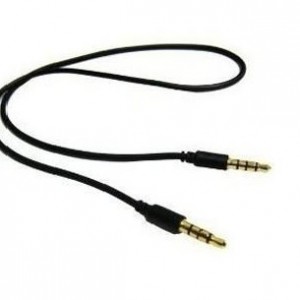
The AUX input is for connecting an audio signal source (aux in), meaning you can plug in an MP3 player using the connector shown below (mini jack 3.5 mm), and listen to it through the boombox as an amplifier (for example, your car can blast music from the MP3 or phone if it has a standard headphone output).
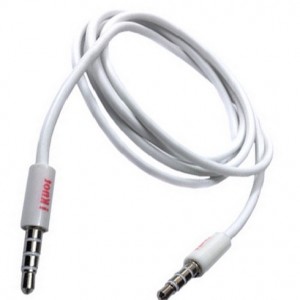
Line Input Signal Specifications
The line input receives a signal with an amplitude within the range of 0.5 to 1V. All sound playback devices equipped with a line output can produce such a signal. The output socket is usually marked AUX OUT (less commonly seen as CD OUT).
AUX OUT is the output for headphones (mini jack 3.5 mm), meaning if your TV has this output, you can connect headphones to it. The sound in the speakers will automatically turn off, allowing you to listen at any volume without disturbing others.
The same signal is also sent to headphones, meaning the headphone output (marked headphone or with a headphone icon) can be connected to the AUX IN input.
Connecting Devices via AUX
Practically all the mentioned sound playback devices have a built-in sound amplifier, and the signal received at the line input is directly fed into it. This allows amplifying a relatively weak signal from an iPod or MP3 player and listening through a sound system. For example, you can easily listen to your collection of favorite songs from a player through the speakers of a car receiver or boombox by connecting it to the AUX IN of the car music center.
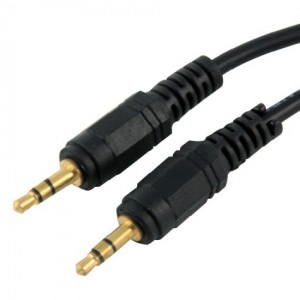
Such a connection is not difficult to make. You will need a special cable with different connectors: mini-jack on one side, and ‘tulip’ on the other. This inexpensive cable is available at any kiosk selling musical accessories, headphones, and cables.
Making Your Own AUX Cable
If you don’t want to spend money and are confident in your soldering skills, you can easily make such an adapter yourself. You can use a cable with a plug cut from old headphones, but ensure the wire is intact. Before proceeding, use a multimeter to check the cable for continuity.
If you look at the contacts on the headphone plug, you will see three connections, with one part broader and closest to the plastic base. This wire is common for both channels. Strip the end of the headphone wire to expose the internal wires. You will notice in two pairs of wires, one of each pair shares the same color, indicating the common wire. The wires with red and green sheaths are the conductors for the right and left channels, respectively.
Creating an AUX to Tulip Connector
You now know that AUX has two connectors, and in each ‘tulip’, these wires are soldered according to this rule: the common wires (those of the same color) are soldered to the metallic bases of each connector. The middle contacts of the connectors are soldered to the wires of each channel. After finishing the soldering, check each connection individually with a continuity tester. Once you’re sure everything is in order, apply insulation to the contacts.
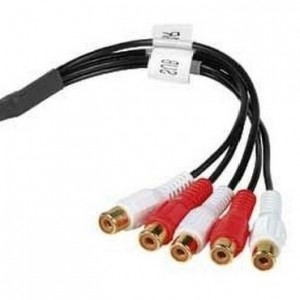
Your adapter cable is ready. Connect the ‘tulip’ plugs to the AUX IN sockets and switch the device with the amplifier to AUX IN mode. In modern TVs, radios, or boomboxes, this switch is done through a menu. In cassette recorders and other older devices, look for a FUNCTION switch and set it to CD IN.
Tips for Connecting Audio Devices
Remember, MP3 players and many other modern playback devices output a signal of quite high power. To avoid blasting loud sound from your amplifier, first adjust the amplifier’s volume to a minimum, then connect the audio source. You can always increase the volume to the desired level after connecting. This method can be used to connect MP3 players, TVs, or laptops to a home theater system, cassette boombox, or music center.
In summary, the AUX standard is an excellent opportunity to connect various audio gadgets and devices equipped with a sound amplifier. Even if you have an old, working favorite cassette boombox set aside in the wake of digital music, you can use it again by plugging an iPod or MP3 player into the AUX IN cable.
